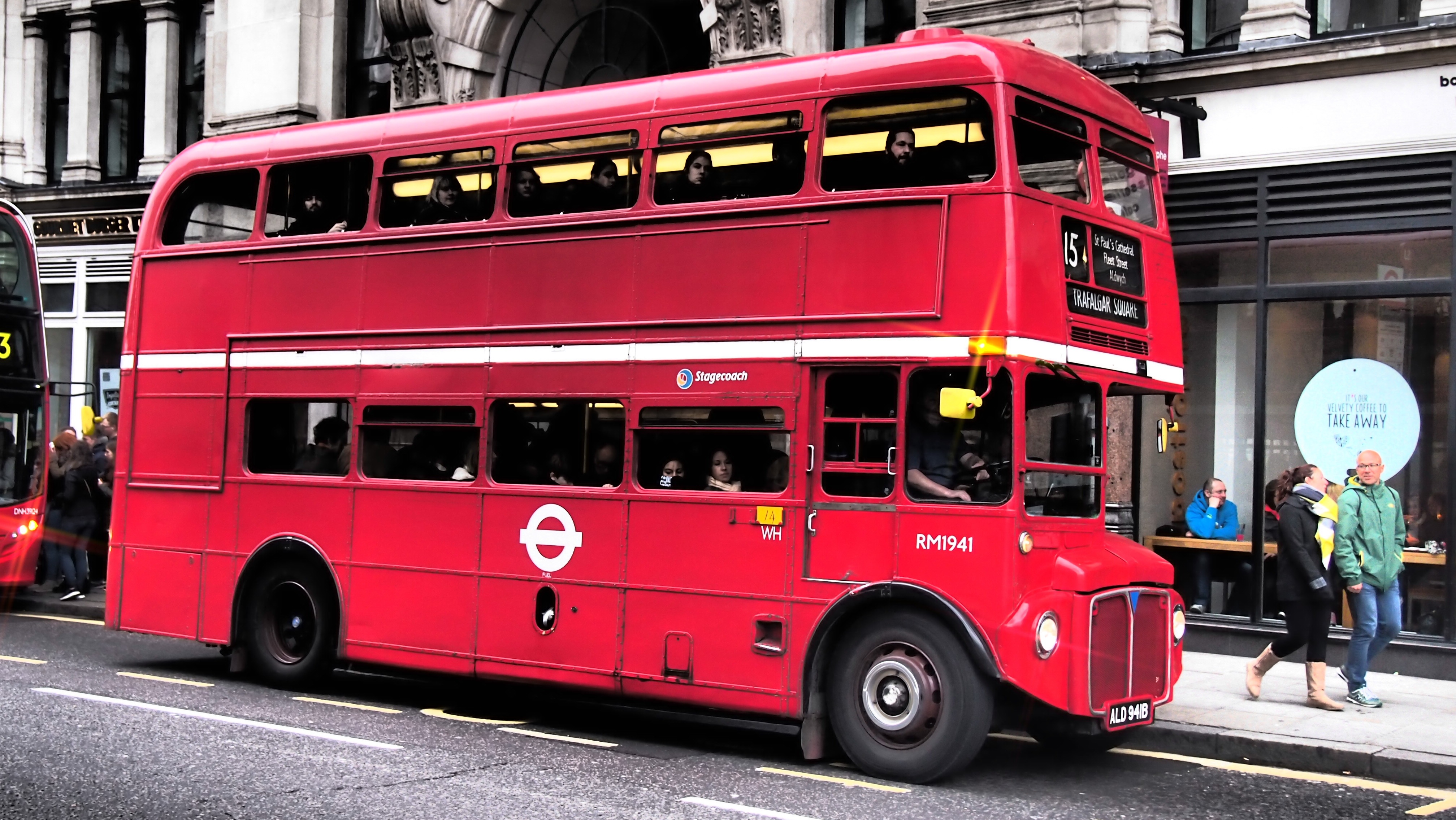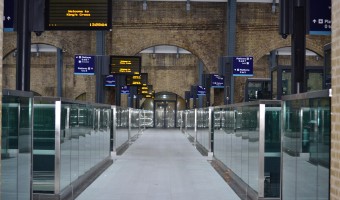How do I use them and are they worth the fuss
London’s buses could define the word “iconic”. Along with the now defunct red telephone boxes, the uniquely London red Routemaster buses are recognisable the world over. Apart from a single “heritage route” (a shortened version of Route 15, running from Tower Hill to Trafalgar Square), the original hop-on, hop-off buses, with their narrow staircase to the upper deck, have gone into a well-deserved retirement. Despite this, a new generation of Routemasters now ply their trade on London’s streets. What is more, these newer buses are fully accessible via side entry doors, while also retaining the hop-on, hop-off platform so beloved of generations of Londoners and London visitors.
Don't be nervous
Photography opportunities aside, many visitors are nervous of using London’s buses. Partly this may be the uncertainty plenty of us feel when trying to decipher the bus routes in a new place and partly it may be to do with the size of the city. After all, there is a lot of it to get lost in.
However, there really is little need for concern and every reason to take advantage of the city’s extensive bus network. Covering the entire city, including its outlying areas, the buses run 24 hours a day and are an excellent way to take in some of the city’s most famous sights, as well as get a sense of daily life throughout London. Moreover, other than good old Shanks’ Pony (that means walking for those of you not yet familiar with British idioms) or the so-called “Boris bikes” available for hire throughout much of London, bus is the cheapest way to get around. Unlike the Tube, buses are not zoned and a journey in central London costs no more than one anywhere else in the city. You can put your wallet away, too. Fares are all contactless, which means you need only touch your Oyster Card, Visitor Oyster Card, or contactless debit or credit card to the bright yellow card reader when you board your bus. Alternatively, you can show your paper Travelcard to the driver. Bus payments are capped at a maximum of £4.50 per day and, as an extra bonus, if you run out of credit on your Oyster Card, the system allows you to take one final journey before topping up the card.


Reliability?
The old adage about unreliable bus services just is not true of most bus routes in London nowadays. You can see for yourself by looking at the online London travel planner provided by TfL. As well as telling you how to reach a particular place by bus, it provides the route number, the departure times and estimated arrival times. When out and about, you may find an app handier. Citymapper is a good one. In central London, you will also find that all the bus stops have electronic display boards, telling you how long you have to wait until the next bus to your destination arrives. Many routes run a full 24-hour service. For those that do not, a special night bus service takes over at 11.30pm.
Getting Off
“But how do I know where to get off?” is a common cry from London newcomers or those who are revisiting the city after a gap of many years. However, fear not because those handy electronic display boards are replicated inside the buses that run through central London. On the odd occasion that they fail to work, you should not be afraid to ask another passenger. Famously introverted as we may be on public transport, most Londoners will happily help a visitor identify their stop. Who knows, you might even find us willing to chat.....
 Getting the best from London Buses
Getting the best from London Buses
.jpg)

.jpg)


 Load more triptoids
Load more triptoids
.jpeg)
